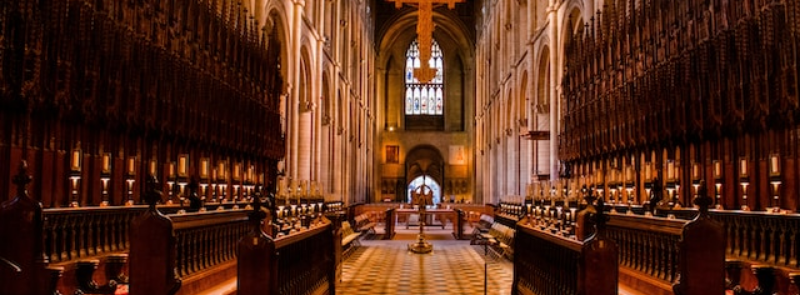
When It Occurs
Every December 31st
Timeline
Days to Come (5)
# Hashtags
#StSylvestersDay #SaintSylvester
Saint Sylvester's Day is observed on December 31st in Western Christianity and January 2nd in Eastern Christianity, commemorating the anniversary of Saint Sylvester's death in 335. With the adoption of the Gregorian calendar, this day aligns with New Year's Eve.
In Western Christian denominations, Saint Sylvester's Day marks the seventh day of Christmastide. Saint Sylvester is renowned for his role in organizing public worship for the Church, a significant development following the legalization of Christian gatherings after periods of persecution.
Historical Background
-
Saint Sylvester: St. Sylvester's Day is named after Pope Sylvester I, who served as the Pope of the Catholic Church from 314 to 335 AD. He is credited with the construction of the Old St. Peter's Basilica in Rome and played a significant role in the Christianization of the Roman Empire under Emperor Constantine.
-
New Year's Eve: Over time, St. Sylvester's Day became associated with New Year's Eve celebrations, marking the transition from the old year to the new year.
Traditions and Customs
-
Countdown to Midnight: The highlight of St. Sylvester's Day celebrations is the countdown to midnight. People gather with family and friends at parties, public events, or watch televised celebrations to welcome the arrival of the new year.
-
Fireworks: Fireworks displays are common in many countries as part of New Year's Eve festivities, symbolizing joy, excitement, and the start of a new beginning.
-
New Year's Resolutions: Many people make resolutions or goals for the coming year, such as improving health, learning new skills, or achieving personal milestones.
-
Toast and Cheers: Champagne or sparkling wine is often enjoyed at midnight, with a toast to health, happiness, and prosperity in the new year.
-
Music and Entertainment: Parties and events feature music, dancing, and entertainment to celebrate the occasion and create a festive atmosphere.
Global Celebrations
-
Time Zones: St. Sylvester's Day is celebrated around the world, with each region marking midnight according to their local time zone. Major cities often host large-scale celebrations and televised events.
-
Cultural Variations: Different cultures may have unique traditions and superstitions associated with New Year's Eve, such as eating specific foods, wearing certain colors, or performing rituals for good luck.
Symbolism and Significance
-
Reflection and Renewal: St. Sylvester's Day provides an opportunity for reflection on the past year's accomplishments, challenges, and experiences, while looking forward to new opportunities and possibilities in the coming year.
-
Community and Togetherness: It is a time for people to come together with loved ones, express gratitude, and strengthen bonds through shared celebrations and traditions.
Modern Observance
-
Public Holidays: In some countries, New Year's Eve is a public holiday, allowing people to take time off work or school to celebrate with family and friends.
-
Global Unity: Despite cultural differences, St. Sylvester's Day emphasizes global unity in celebrating the passage of time and the collective optimism for a better future.
Conclusion
St. Sylvester's Day, or New Year's Eve, is a worldwide celebration marked by festivities, traditions, and a sense of anticipation for the new year ahead. It blends historical significance with modern customs, offering people a chance to reflect, celebrate, and embrace hope for the future as they bid farewell to the old year and welcome the new one with joy and optimism.


